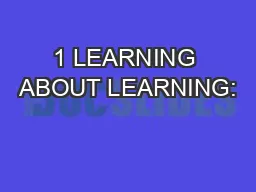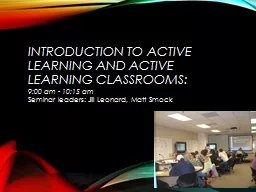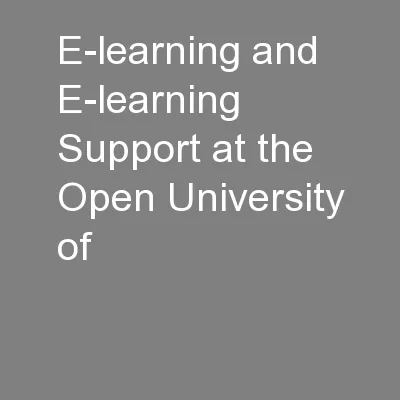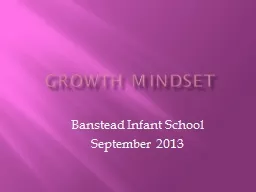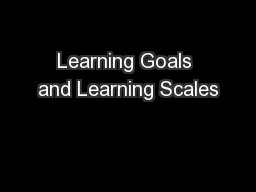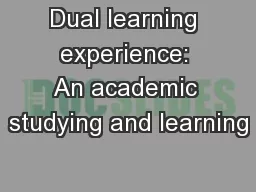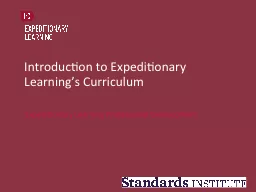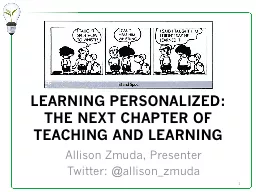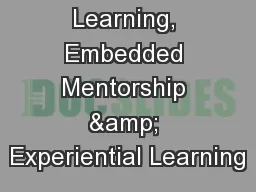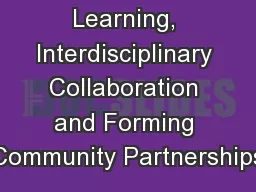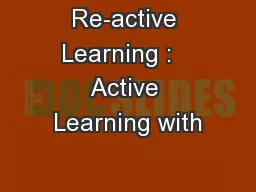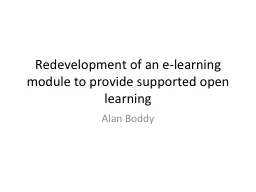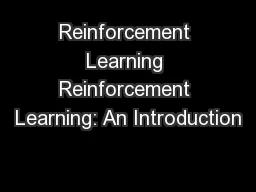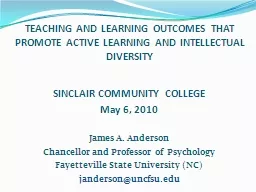PPT-1 LEARNING ABOUT LEARNING:
Author : alexa-scheidler | Published Date : 2017-08-28
LEADING IMPLEMENTATION K 2 Curriculum And Assessment Policy Branch Early Years Division The Literacy and Numeracy Secretariat Spring 2014 To look beyond the surface
Presentation Embed Code
Download Presentation
Download Presentation The PPT/PDF document "1 LEARNING ABOUT LEARNING:" is the property of its rightful owner. Permission is granted to download and print the materials on this website for personal, non-commercial use only, and to display it on your personal computer provided you do not modify the materials and that you retain all copyright notices contained in the materials. By downloading content from our website, you accept the terms of this agreement.
1 LEARNING ABOUT LEARNING:: Transcript
Download Rules Of Document
"1 LEARNING ABOUT LEARNING:"The content belongs to its owner. You may download and print it for personal use, without modification, and keep all copyright notices. By downloading, you agree to these terms.
Related Documents

